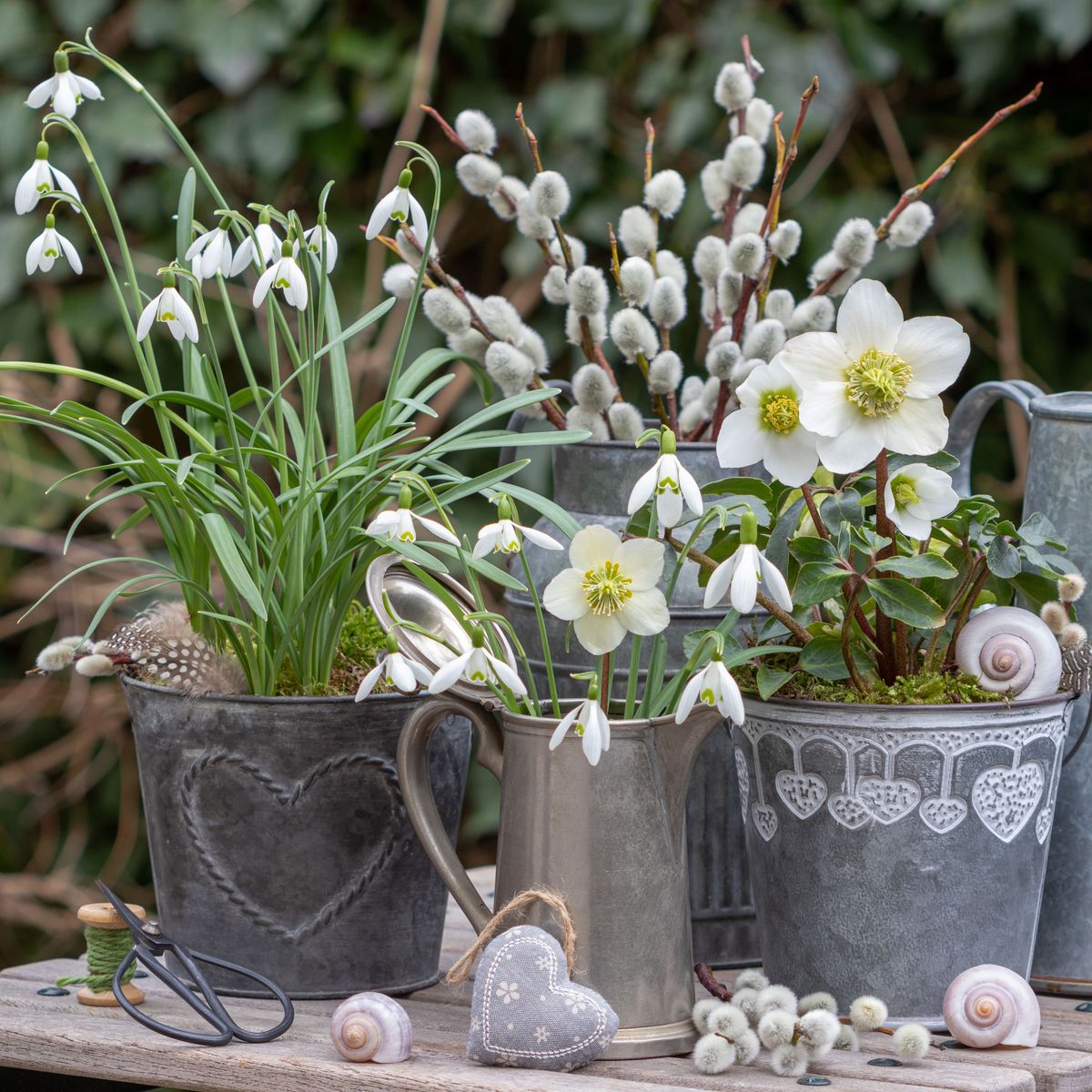Whoever has grown a few of the various Celosias has surely been charmed either by their beauty or their fantasy of form. Celosias are sometimes confused with Amaranthus, which, however, is coarser and of which the colors are not so clear.
THE SORTS To GROW. Cockscomb, C. cristata (C. coccinea). This species has huge, laterally flattened heads, which in many cases really suggest the comb of a giant chanticleer. The colors range from crimson to golden yellow. Some plants often grow 2 feet tall while others are only 8 inches in height.
Feather Cockscomb, C. argenlea (C. plumosa). The heads resemble ostrich plumes of shining, silky texture. Those of some sorts are a clear, brilliant pink or crimson; others are like feathers of pure gold. The best sorts are the Thompson hybrids and the Pride of Castle Gould. The plants when given space to develop will grow 2 1/2 feet to 4 feet tall.
Woolflower (C. childsi). Of rather recent development, the Woolflower is somewhat like the Feather Cockscomb except that the flower heads form globular crimson or orange masses resembling balls of woolen yarn or silk thread. The plants start to bloom when only several inches tall. Then branches develop, each tipped with a flower often from 4 inches to 6 inches in diameter.
Where to Plant. Huge masses of Celosias are showy in any annual border. The dwarfer sorts may be used to edge the taller Celosias or other annuals. The heads may be cut and kept in water for weeks. Some persons use them as everlasting flowers and keep them in their rooms all Winter. The wavy, plumy masses of the Feather Cockscombs are magnificent when well grown.
GENERAL. Sow the seeds either in a hotbed or window in March or April, or else sow in the open ground in May. Good soil should be used in planting Celosias for, unlike Amaranths, they respond to feeding. Farmers’ Bulletin notes that transplanting into rich soil as the combs begin to form, makes the flower heads larger. The plants of the larger growing Feather Cockscombs should stand at least 2 feet apart. In some greenhouse these are grown as pot plants, in which culture they should be grown in a warm house.
CELOSIA Cockscomb
(Name derived from kelos.,-burned, referring to the color and-.character of the flowers)
Information on 50+ annual flowers











